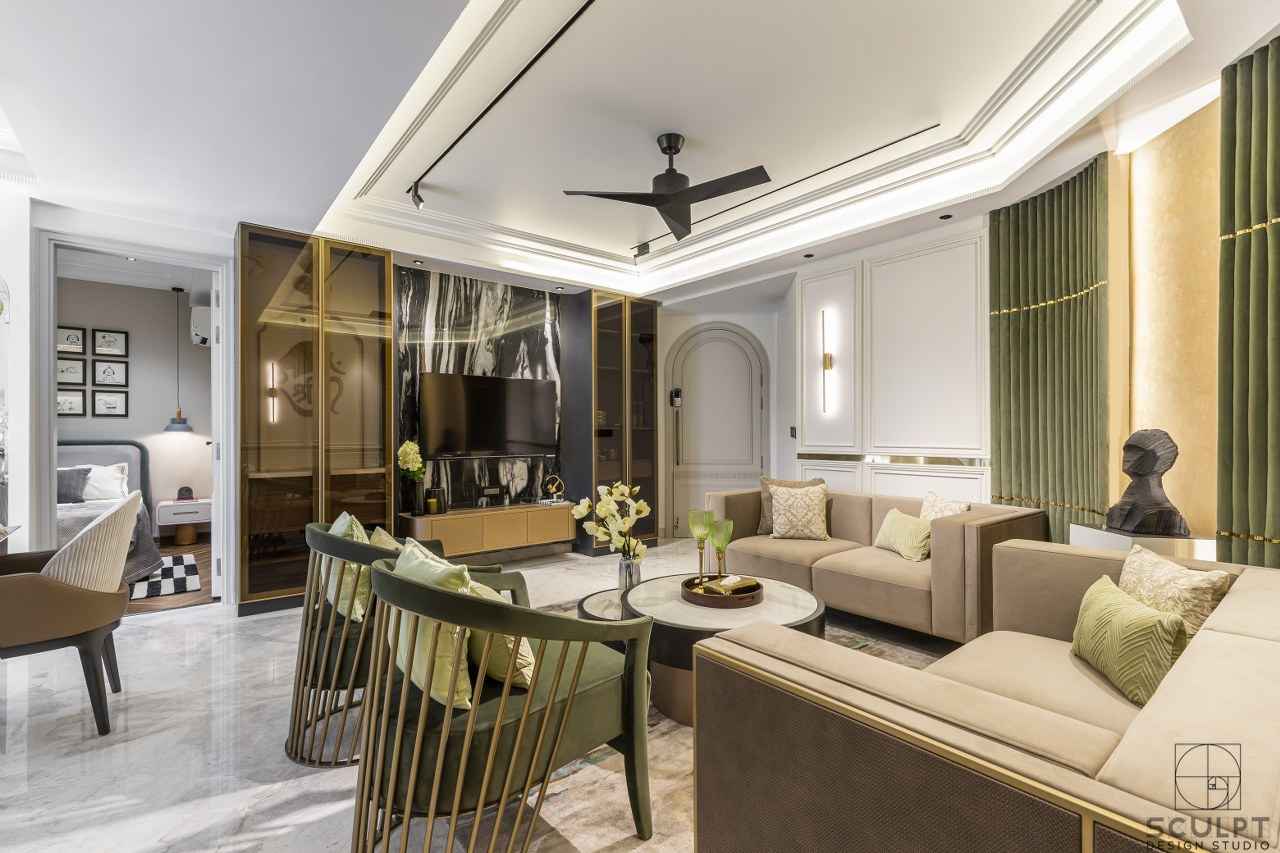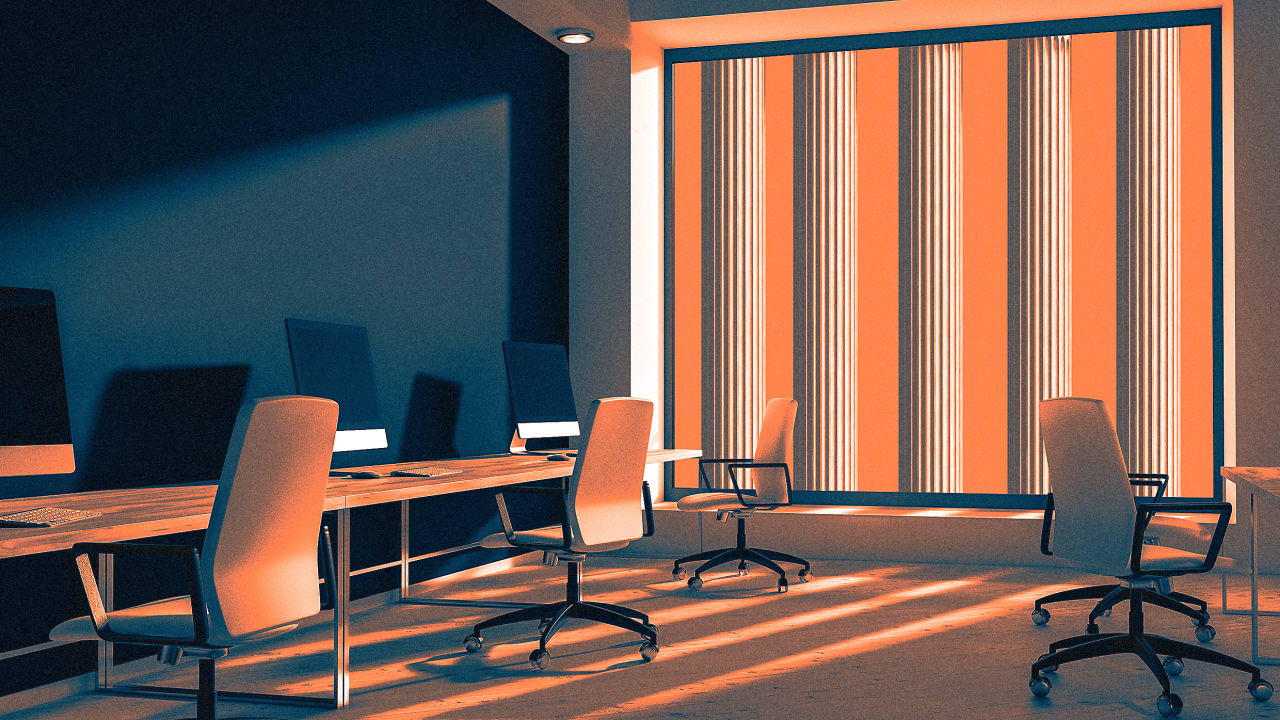Table Of Content

This would lead to the building gaining a certain level of notoriety in the subsequent decades after the war had come to an end. This devastating event would lead to the deaths of 62 people, while a further 251 were injured, as they plummeted to the first floor from a height of 12 m (or 40 ft). It would go on to be the only church design in Vicenza that is known to have been produced by Andrea Palladio.
Art Periods – A Detailed Look at the Art History Timeline
Under the influence of historical color palettes, design movements have been shaped and transformed, infusing spaces with echoes of bygone eras and cultural narratives. As a partner at esteemed firm McKim, Mead & White, he created notable fin de siècle–era structures such as the Washington Square Park arch and the Boston Public Library. Artfilemagazine is your online art source, covering everything from artists, artworks, art periods, photography, and architecture to color theory. Odo of Metz (742 – 814) was an architect who lived and operated during the Carolingian Empire, and he specifically worked under the Holy Roman Emperor Charlemagne’s reign. He designed structures like the Basilica of San Vitale of Ravenna and Charlemagne’s Palace of Aachen, and he would go on to become the principal influence that used late Roman architecture during the Byzantine era.
What Is Classicism Architecture?
At his studio in Culver City, film pioneer Thomas Ince would build a Southern Colonial-style administration building modeled after George Washington’s Mount Vernon. According to Holliday, Ince chose the style as a respectable response to the scandals that had plagued Hollywood. “Classical allusions could impart to non-governmental agencies, like an electric company, a power and authority that they were not actually entitled to, and lend legitimacy to a dubious enterprise like filmmaking,” he says. Like the Sterns home, Sunshine Hall was also used in films, standing in for a Mississippi plantation on one occasion.
INSIDER ACCESS TO THE WORLD'S BEST ART
Following their lead, Giovanni Antonio Medrano began to build the first truly neoclassical structures in Italy in the 1730s. In the same period, Alessandro Pompei introduced neoclassicism to the Venetian Republic, building one of the first lapidariums in Europe in Verona, in the Doric style (1738). During the same period, neoclassical elements were introduced to Tuscany by architect Jean Nicolas Jadot de Ville-Issey, the court architect of Francis Stephen of Lorraine. On Jadot's lead, an original neoclassical style was developed by Gaspare Maria Paoletti, transforming Florence into the most important centre of neoclassicism in the peninsula.
It was designed in the characteristic Palladian style that included a variety of wall and ceiling paintings that were produced by several famed Renaissance artists in the city such as Andrea Vicentino and Alessandro Maganza. This classical building is one of the most important in the world and would go on to influence many of those that would follow in the wake of the architecture of antiquity. Then things changed with the development of Modernism in the early years of the 20th century. There can be arguments made that the Classical styles of architecture stopped during this era, but that isn’t entirely true.
Much like Classical Urbanism, the architectural approach stems from the desire to achieve order, constructability, and security. Classical design utilizes the Golden Ratio, a mathematical system underlying aesthetically pleasing art and built spaces alike. Other massing techniques included designing the heaviest portions of the structure at the bottom to carry the load of the top; i.e. mass above mass. Additionally, natural light and a balance of indoor and outdoor living spaces are central to the classical approach. Architects of the past also had to design public spaces to consider the rigidity and safety of the structure in the event of war, leading them to choose the most durable materials available to the local region. This was part of the ambitious program of Charles III, who intended to make Madrid the Capital of the Arts and Sciences.

Russian Architecture – Learn About Modern Russian Architecture
Inside a Classic California Canyon Home Filled With Sensational Design - Architectural Digest
Inside a Classic California Canyon Home Filled With Sensational Design.
Posted: Mon, 11 Sep 2023 07:00:00 GMT [source]
The door at the entrance is large with a diameter of 6.8 meters in height and 3.27 meters wide, yet despite the huge entrance the inside is comparatively small and made even more claustrophobic by the lack of any windows. It is a prime example of Vitruvian architecture due to being an almost exact replica of a Roman temple that had been described in Vitruvius’s writings. The temple was situated on a high podium and was approached by climbing up a steep flight of stairs, with the temple being held up by 48 Ionic columns. It was first believed by modern scholars to be the home of the remains of Theseus, an Athenian hero, but later translations of the inscriptions found within the temple state clearly that it was in fact a temple dedicated to Hephaestus. The Temple of Hephaestus is a Doric peripteral temple situated on the north-western side of the Agora.
Southern California Chapter
As noted above, classical styles of architecture dominated Western architecture for a long time, roughly from the Renaissance until the advent of Modernism. That is to say, that classical antiquity at least in theory was considered the prime source of inspiration for architectural endeavours in the West for much of Modern history. In this town the triumphal arch and the neoclassical façade of the Baroque Cathedral were designed by the French architect Isidor Marcellus Amandus Ganneval (Isidore Canevale) in the 1760s. Also the work of a French architect, Charles Moreau, is the garden façade of the Esterházy Palace (1797–1805) in Kismarton (today Eisenstadt in Austria).
What Are the Various Characteristics of Classical Architecture?
In contrast, classical design opts for neutral color palettes to convey a sense of elegance and timelessness. However, this history does not encompass why the Erechtheion was such an important structure in classical architecture. It was an extremely unique building in Ancient Greek society as it made use of an asymmetrical design that was antithetical to so much Ancient Greek architecture that had come before and after it. This irregular structure may have been because of the changing nature of the cults that had control of the building or it may have been an ultimately incomplete structure that would have eventually become symmetrical. We do not have the kinds of records to know anything of this nature for certain, however, the Erechtheion is considered to be a phenomenal example of classic architecture. It influenced many that came after it, such as the Hellenistic society that followed it, the Romans, and, of course, all the Greek revival styles that would eventually follow in its wake.
They start from 421 BCE all the way until one of the latest pieces of classically inspired architecture that were constructed by 2005. Each of these architects is often stated to have used Classical architecture elements, so what are those elements? What actually makes something Classical, or inspired by Classical architecture, rather than non-Classical? The Classical period made use of a variety of innovations and then, during all the other interpretations of the Classical style that would follow, these elements were often reinterpreted and reused. However, the Romans also added a large array of other innovations like arches, aqueducts, and concrete. The styles that dominated European architecture ever since the Renaissance are especially reliant on Classical architecture elements, but there are actually architectural influences in times before the Renaissance.
The Schermerhorn Symphony Center is the most recent example of a building inspired by Classical architecture on this particular list. The name itself may seem a little strange for the region, as this building is located in the United States, but the name comes from the former music director and conductor of the Nashville Symphony, Kenneth Schermerhorn. He held this position from 1983 all the way until 2005, the year in which he passed away. There is no especially prevalent historical context to this building or why it was built. However, it has become known for its immensely Classical design that makes it appear as if it’s something out of the Ancient Greek era.
His work is simply timeless—if not from the future—and it is for this reason that our generation of designers should be humbled and grateful. In 1982, while living in Italy, I saw a performance by the Swedish theater company Shahrazad. Full of vivid images and fast action, it told the story of the revolutionary Russian theater director Vsevolod Meyerhold and his fall from grace following Stalin’s rise to power. Born in Tiel, The Netherlands, in 1932, Jan van Toorn is a designer who mobilizes visual form in ways both personal and public. Through his roles as a practitioner, educator, writer, and design leader, he has sharpened the intelligence of our collective visual discourse.
Well, we should have to bear in mind that a classic theme involves basic and fresh colors. Most of the common colors that the designers apply to have a classical look is white, beige or cream. Some designers allow the natural light to enter the bathroom while some used the vibrant lights coming from the chandeliers and lampshades. Now let us see how the designers utilized the light scheme, accessories, white and beige palette and tiles to come up with a Classic Bathroom below. The restaurant is remarkable in part because it was born out of the chaotic interdisciplinary exchanges that symbolized the arly-twentieth-century avant-garde movement.
This Greek Classical building is a Doric temple that displays Ionic architectural elements. Like many other temples in Greece, it is surrounded by columns bearing the moldings and bands known as entablature. There are seventeen columns on the sides and another eight on either end of the structure.
In addition, he is the originator of the architectural concept of all buildings requiring strength, utility, and beauty. These are some of the major characteristics that would become major aspects of various forms of Classically inspired structures. There were always differences between the different styles that would come from Classical architecture, but they would always follow these characteristics in some sense or another. Some of the biggest architects of the period were specifically influenced by Classical architecture. The Institute of Classical Architecture & Art's (ICAA) mission is to advance the appreciation and practice of the principles of traditional architecture and its allied arts by engaging educators, professionals, students, and enthusiasts.
As the 19th century continued, the style tended to lose its original rather austere purity in variants like the French Empire style. The term "neoclassical" is often used very loosely for any building using some of the classical architectural vocabulary. A new phase in neoclassical design was inaugurated by Robert and James Adam, who travelled in Italy and Dalmatia in the 1750s, observing the ruins of the classical world. On their return to Britain, they published a book entitled The Works in Architecture in installments between 1773 and 1779. The Adam brothers aimed to simplify the Rococo and Baroque styles which had been fashionable in the preceding decades, to bring what they felt to be a lighter and more elegant feel to Georgian houses.

No comments:
Post a Comment